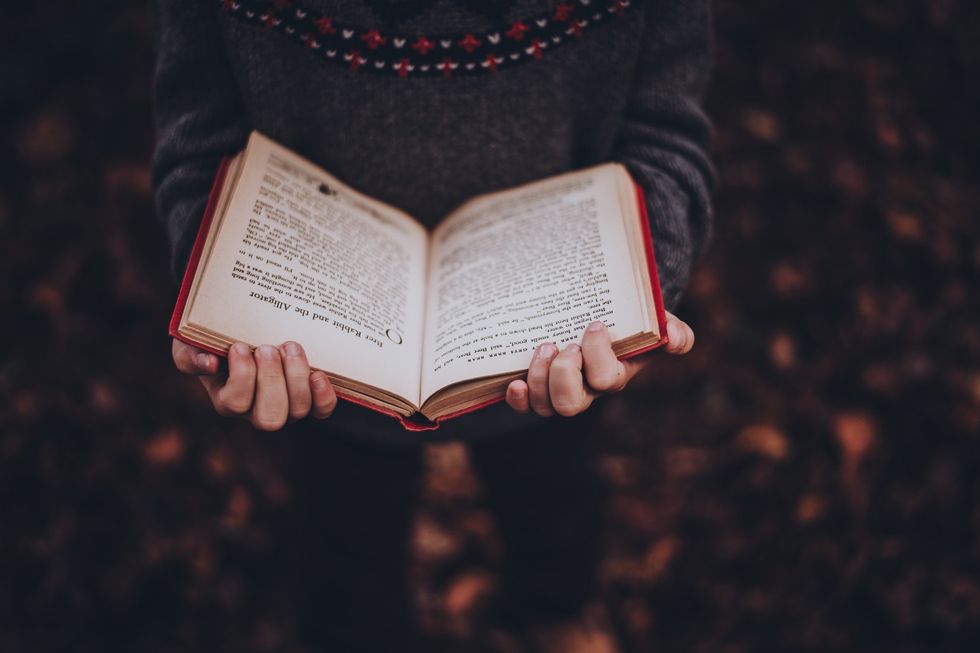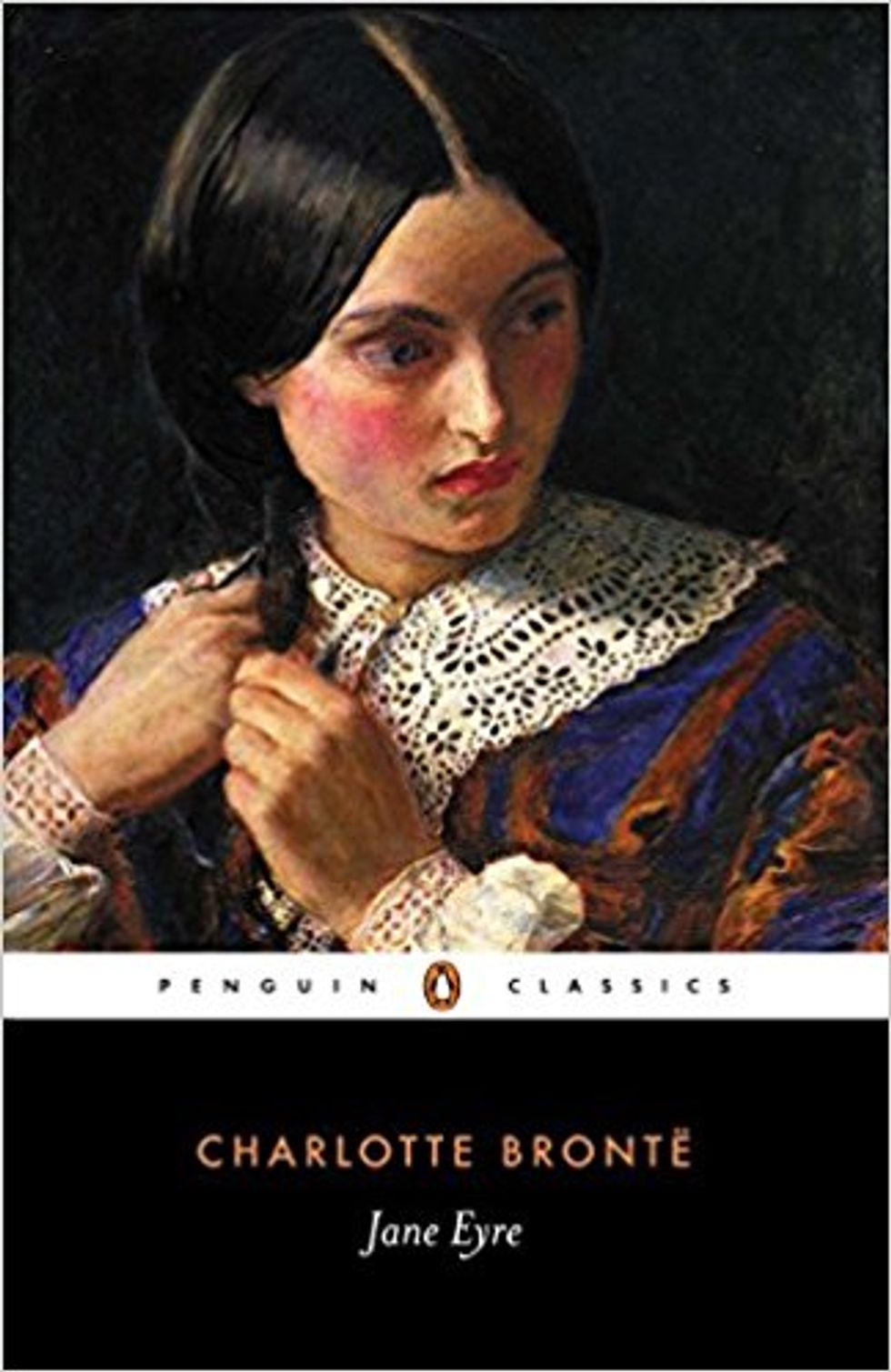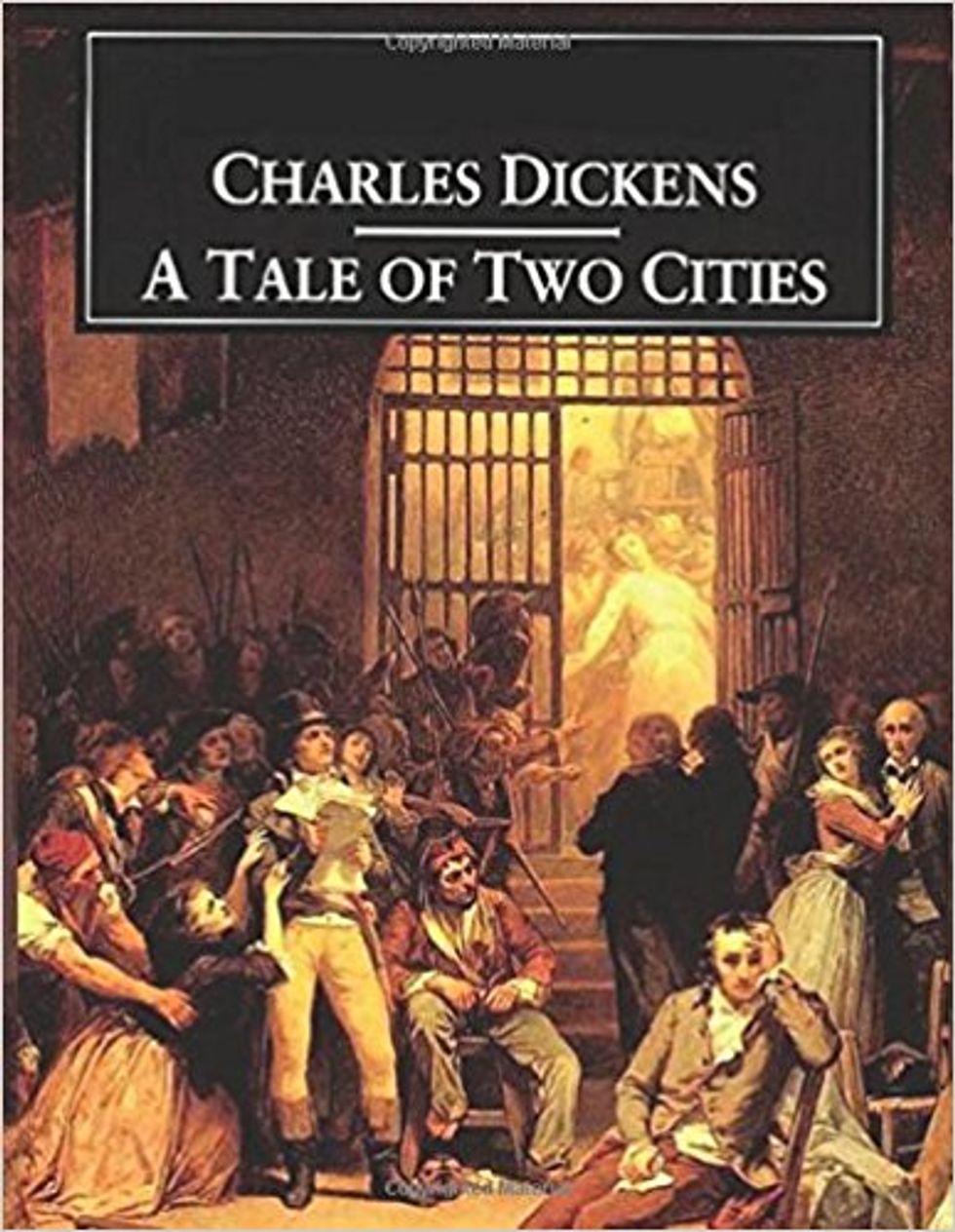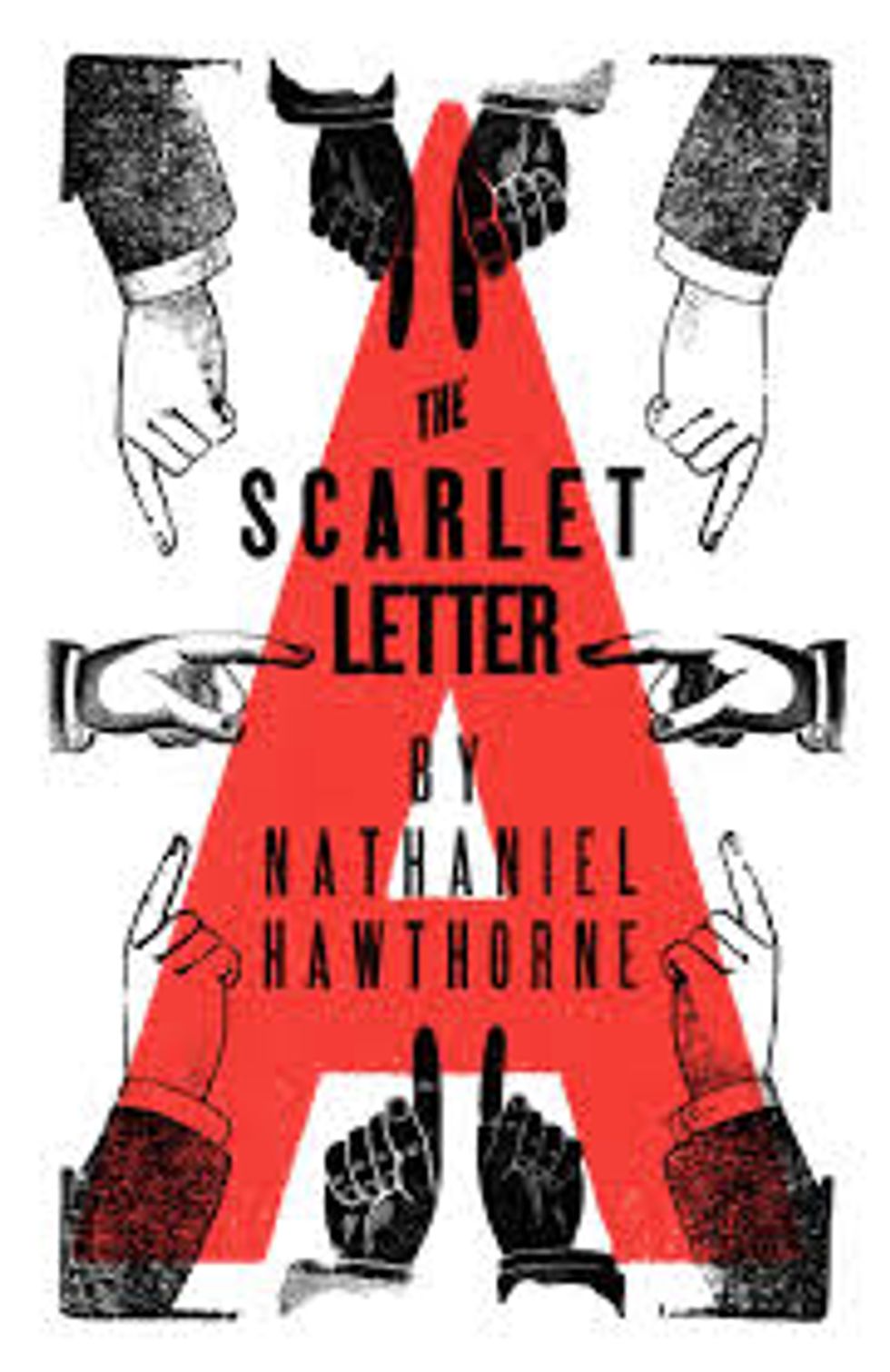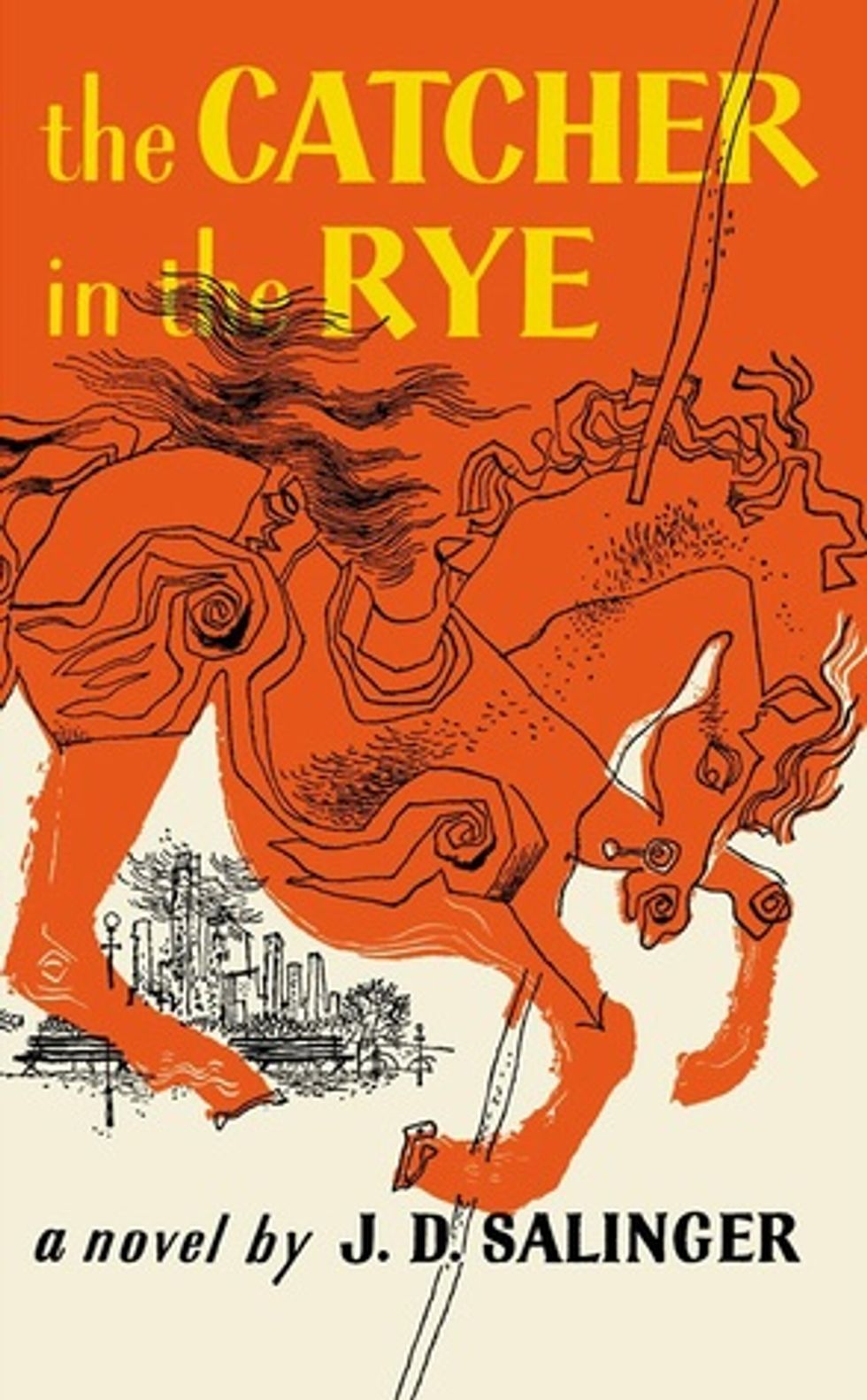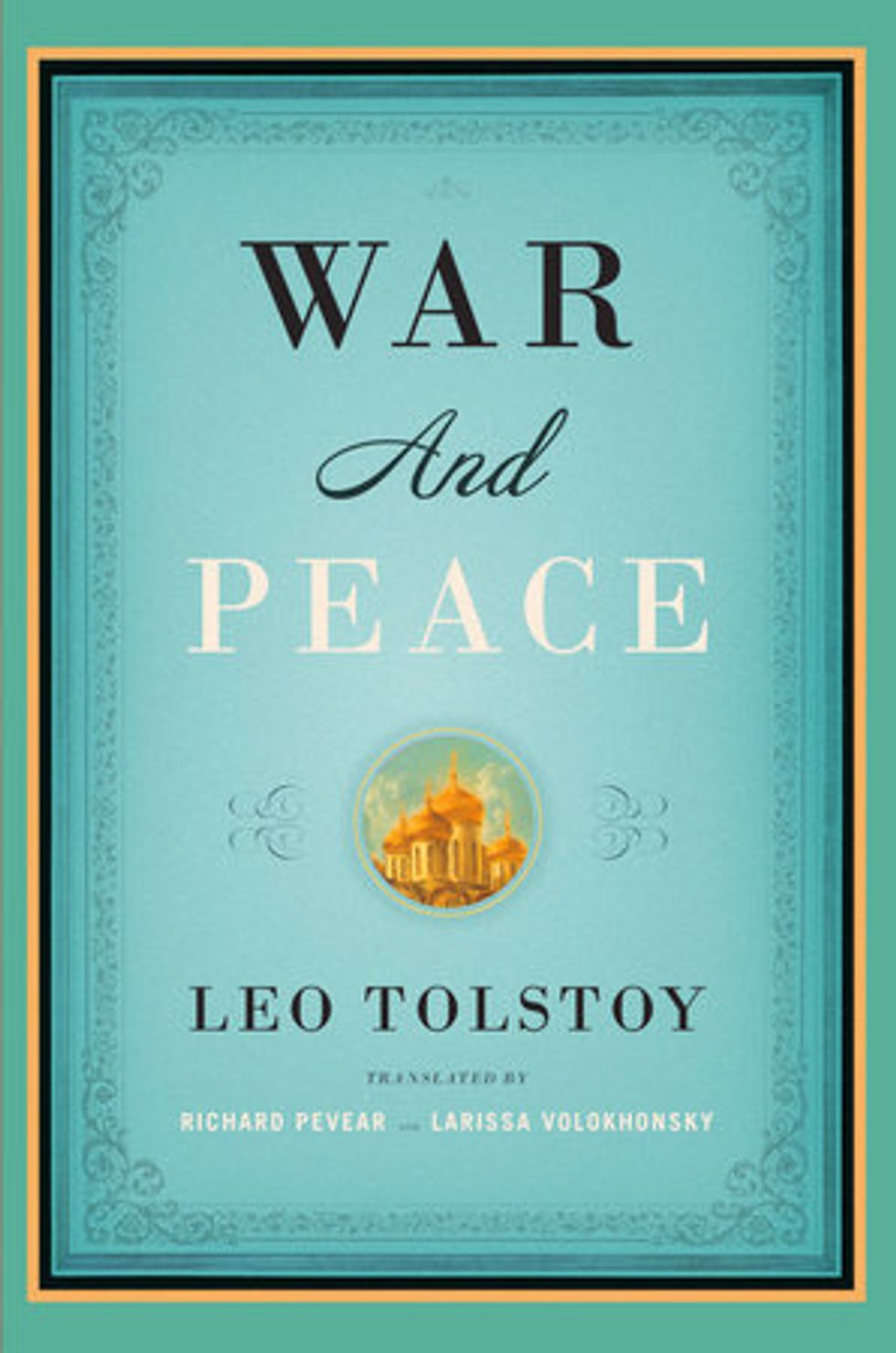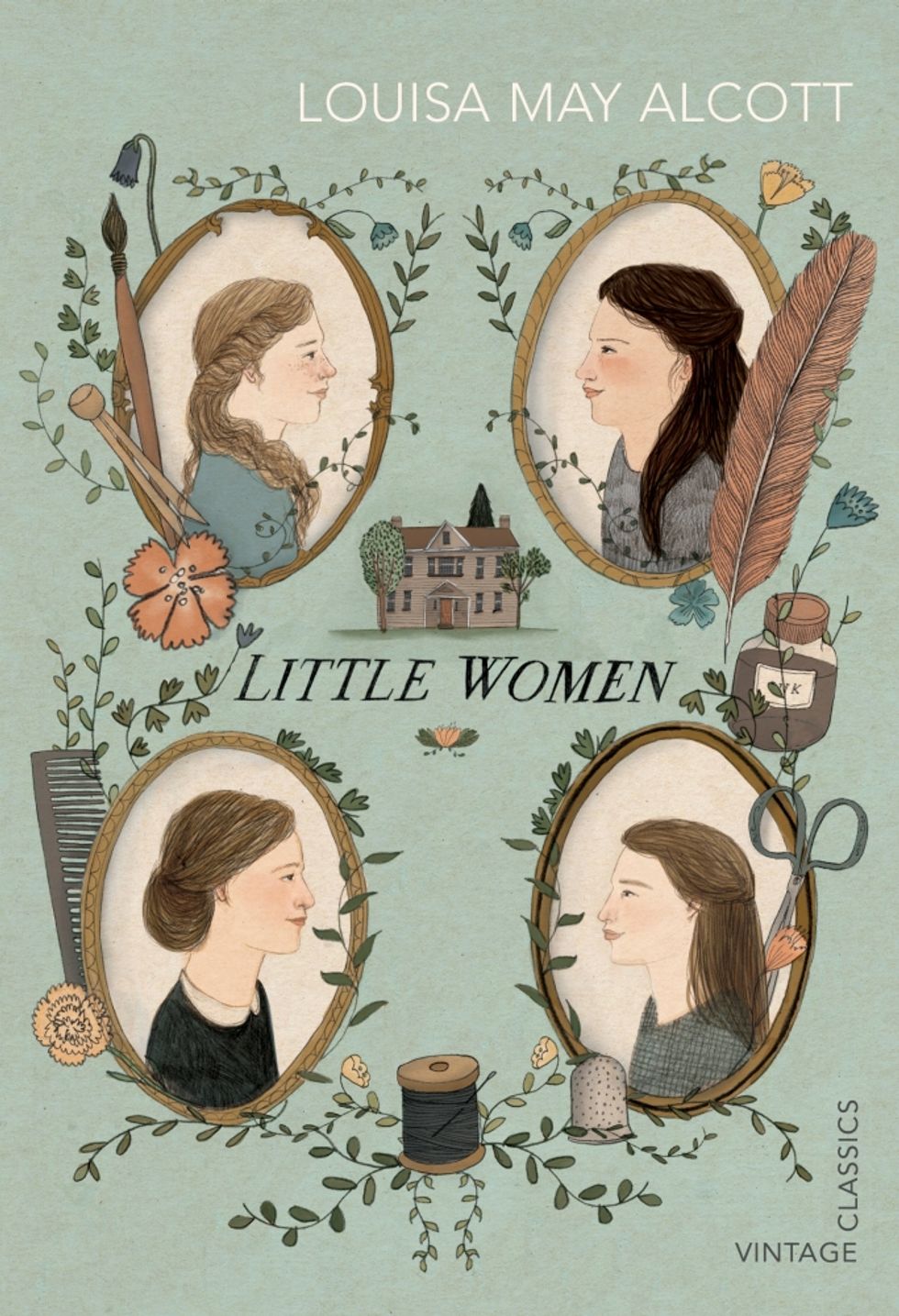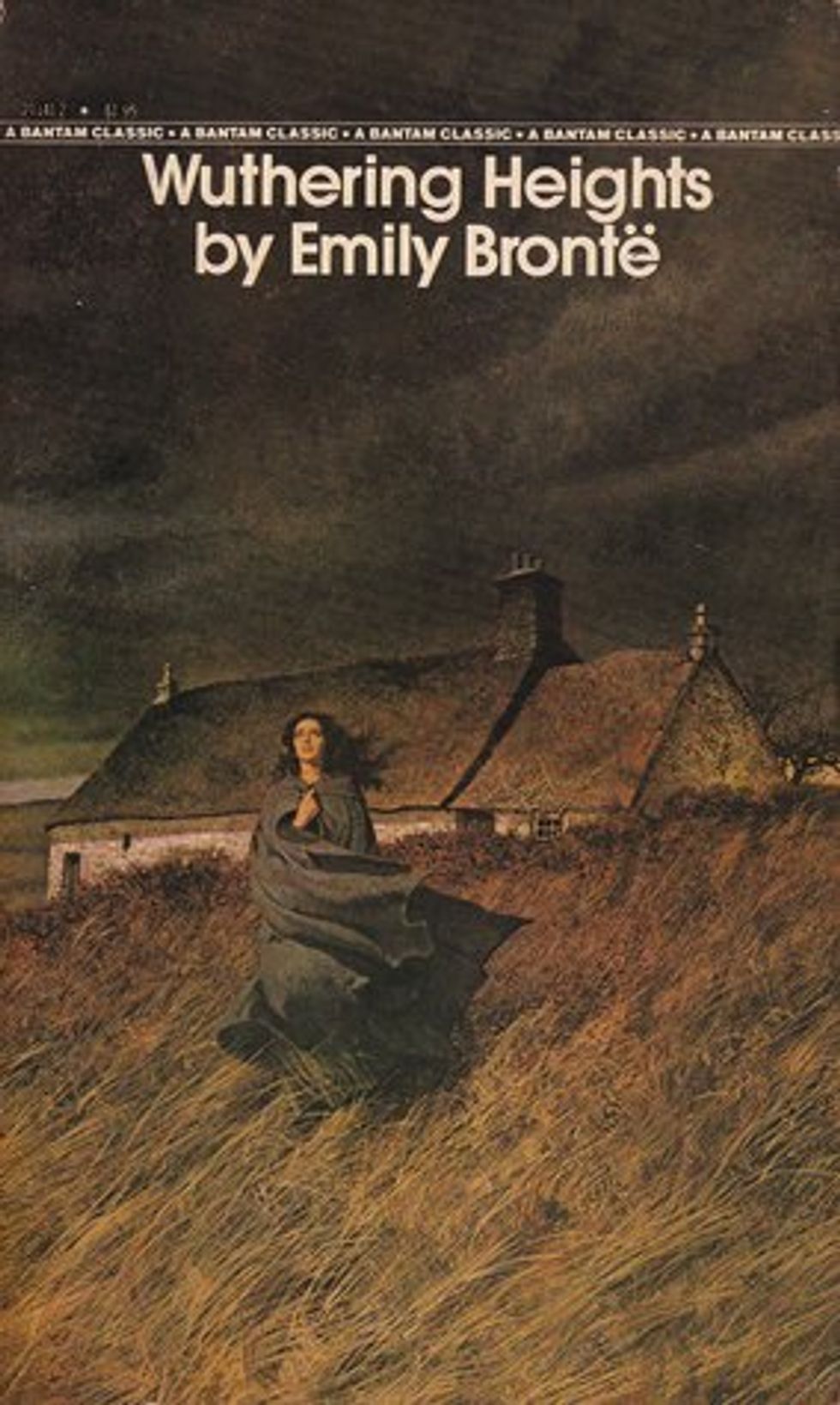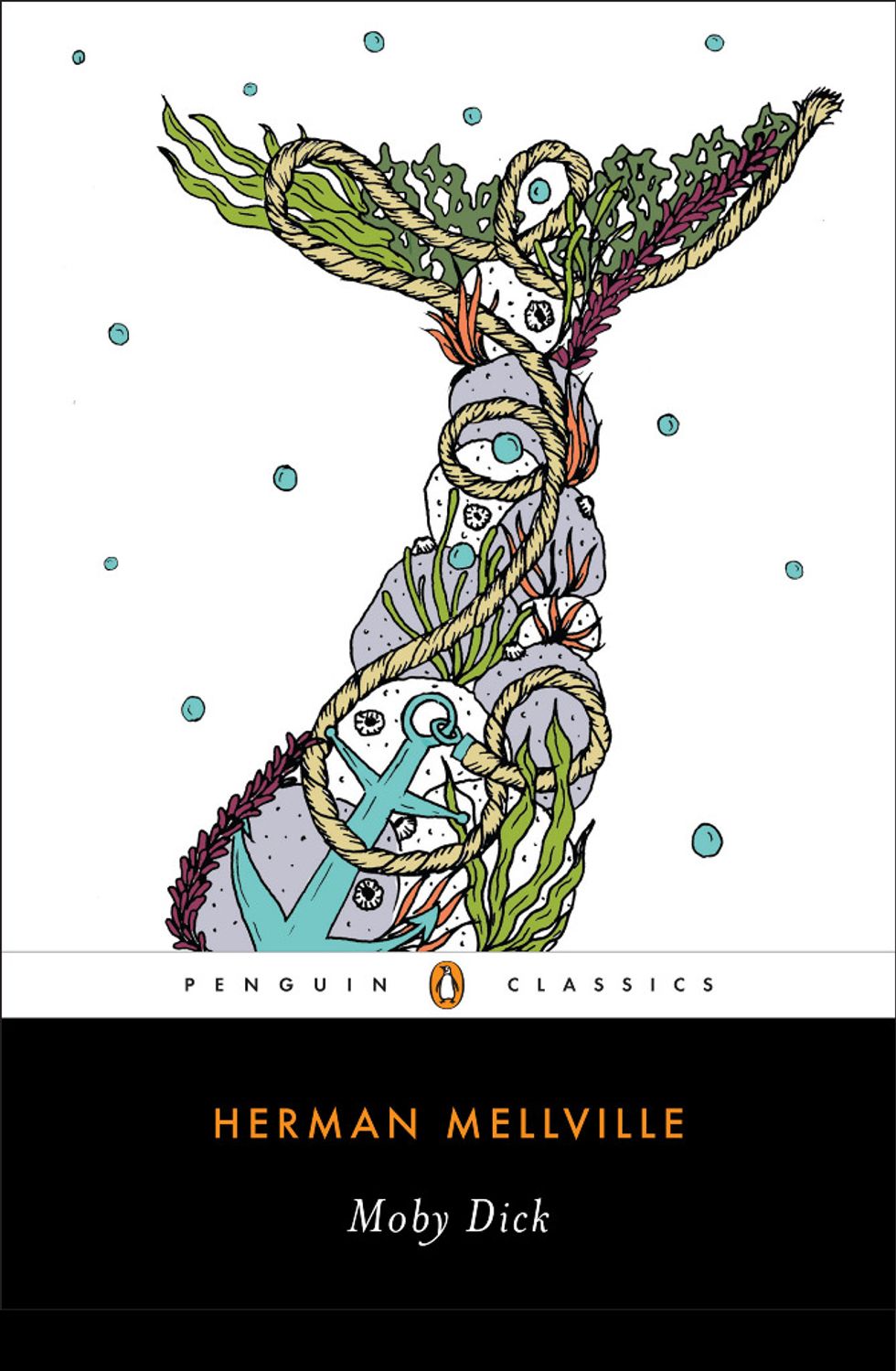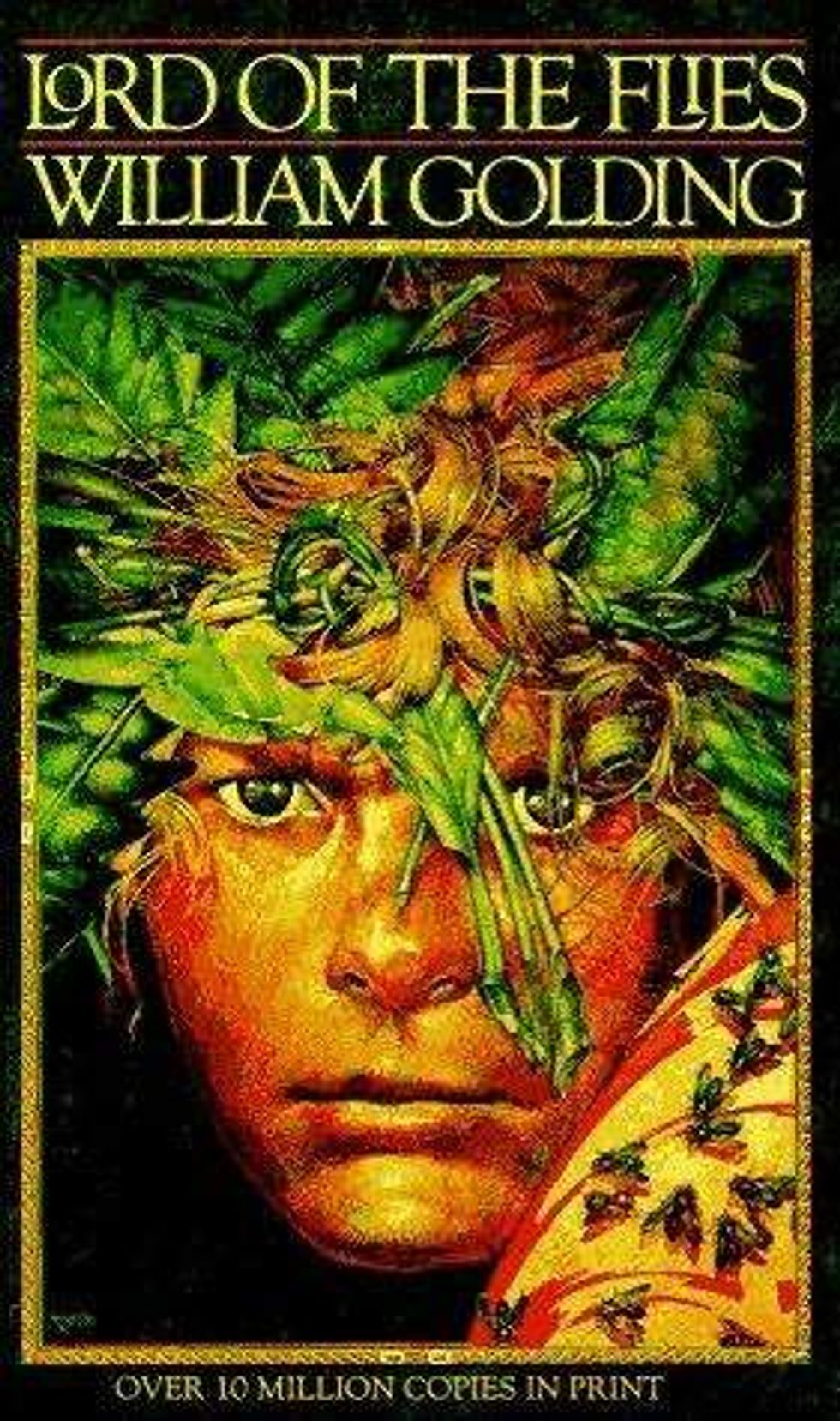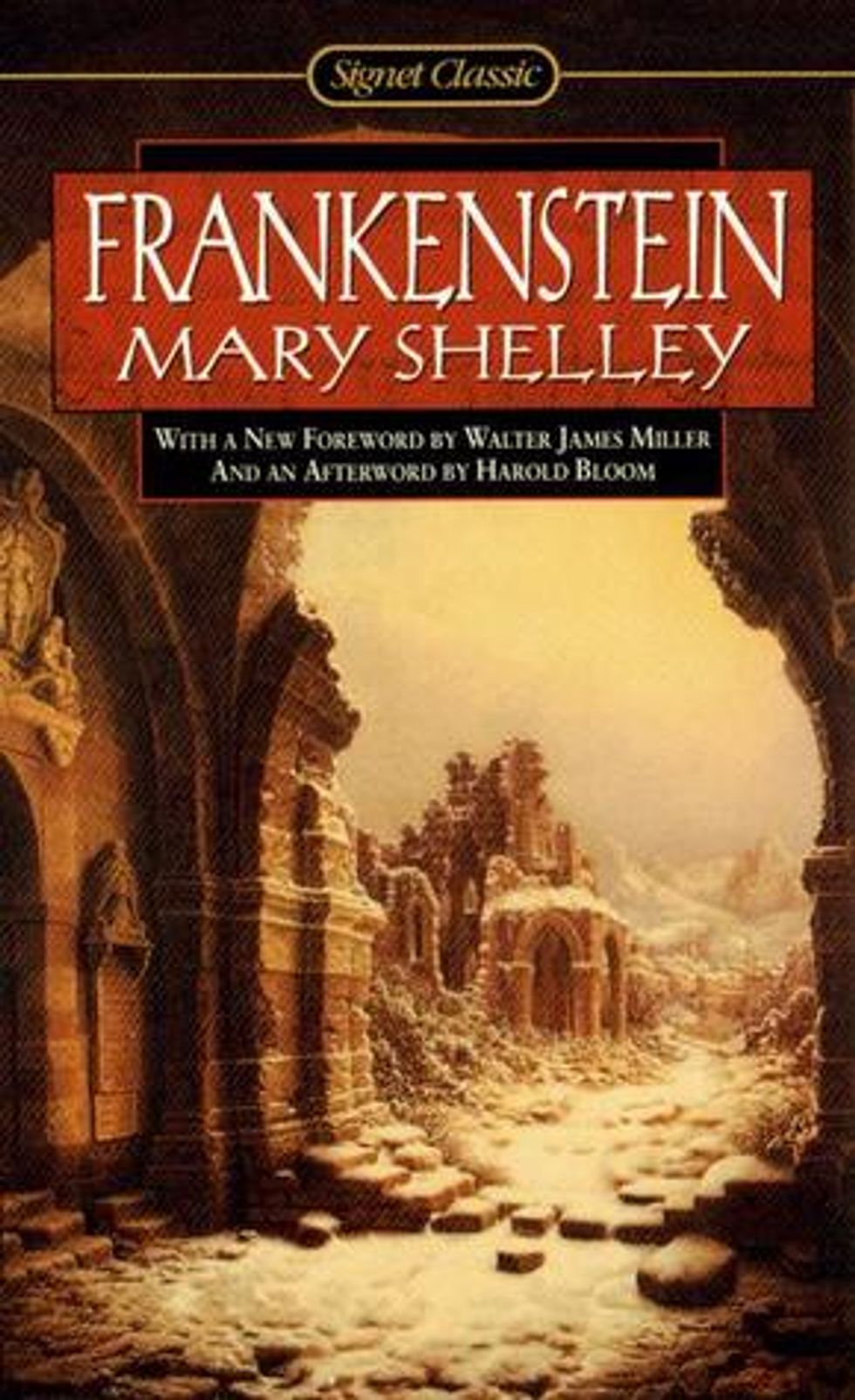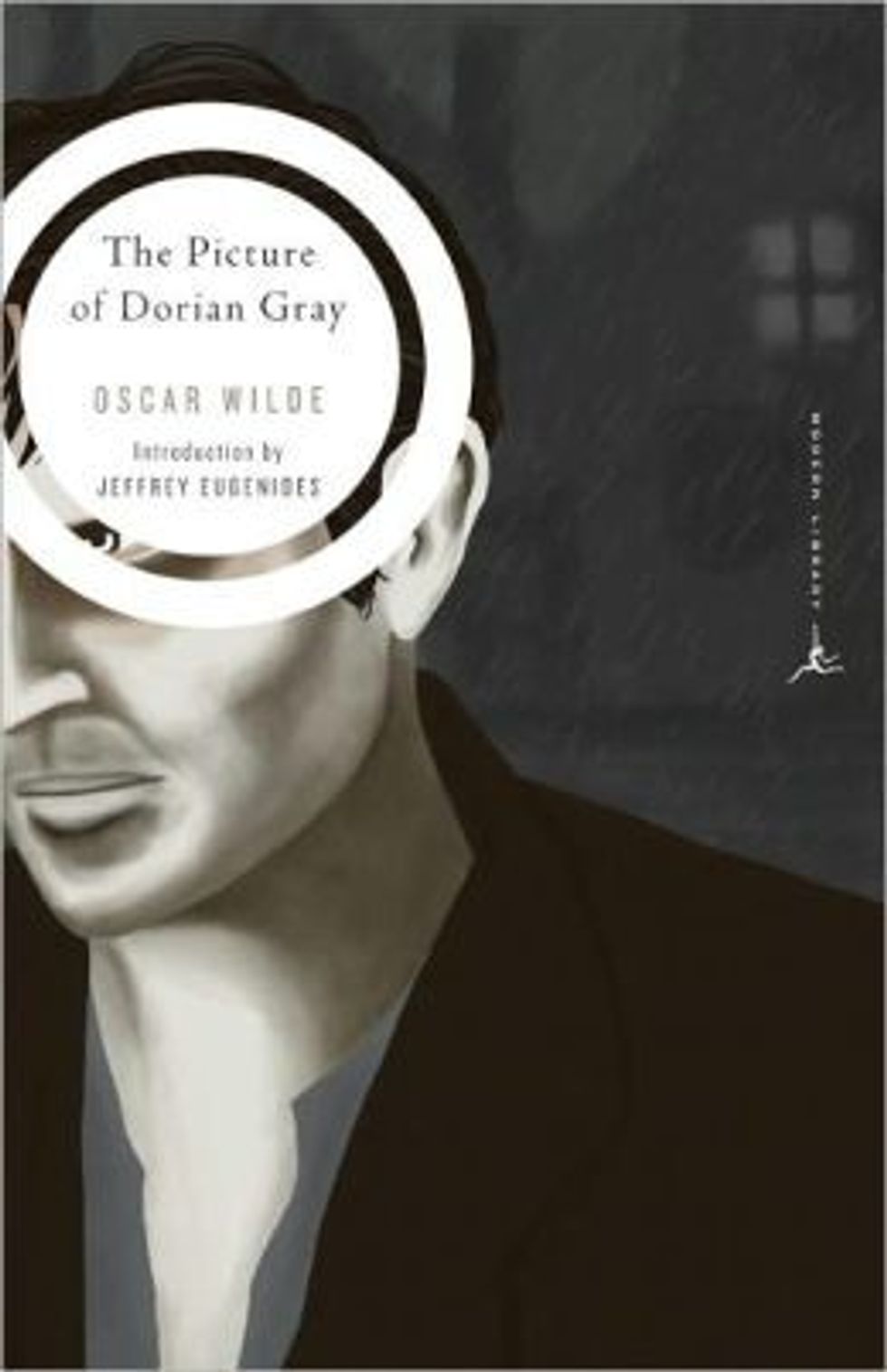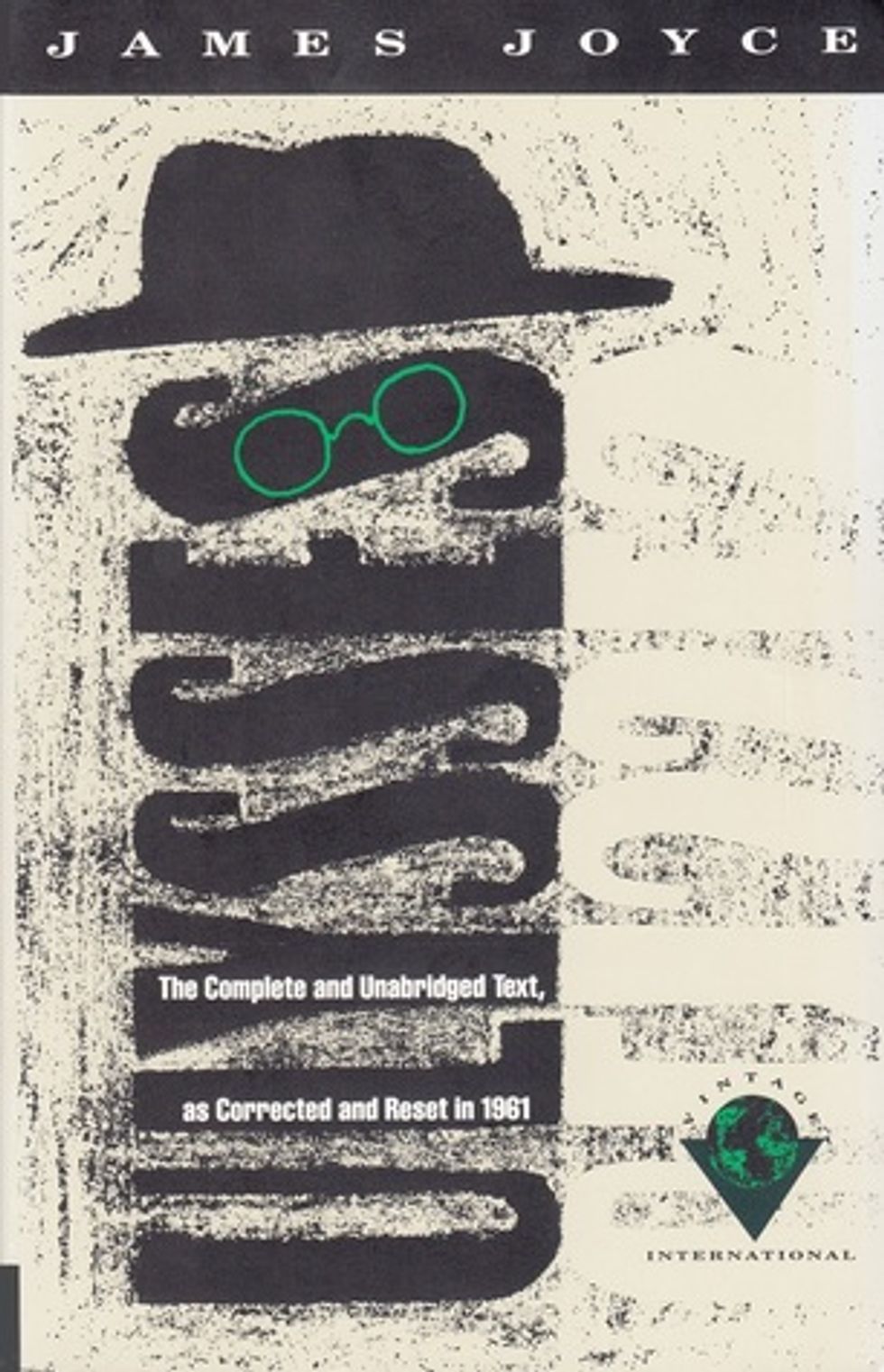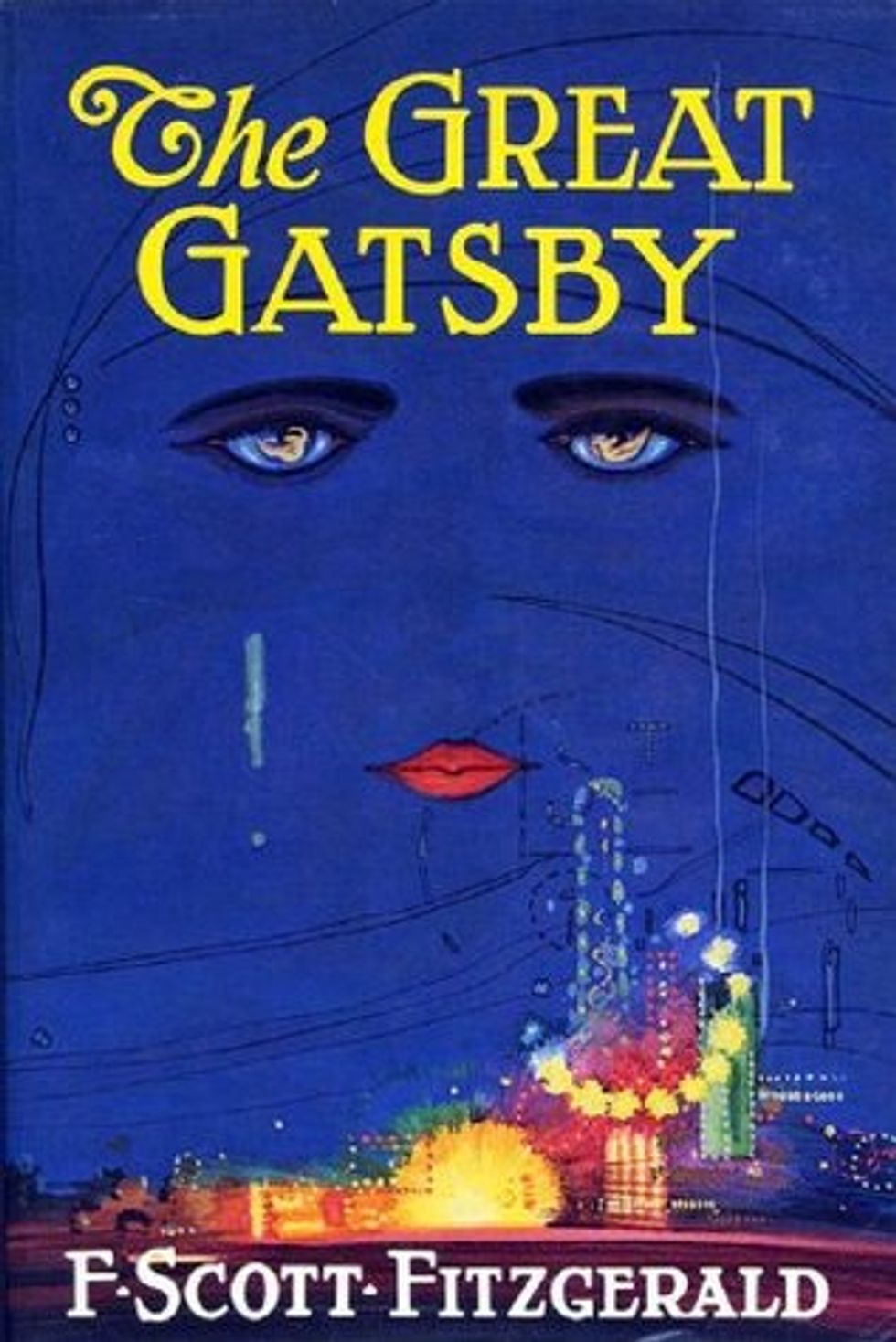Here's a likely scenario: you pass the classic section in your nearby bookstore, and you don't look twice at it. After all, you're pretty certain most of these novels are written in some old dialect and are hard to understand or tell the story of some stuffy aristocrat dealing with an unrequited romance or experiencing an unwarranted existential crisis.
They seem boring, monotonous and tedious to get through.
Obviously, this is why most of your classmates (and embarrassingly, even you) skipped on these novels in high school literature classes and chose to read the SparkNotes in order to pass your midterm or write your final essay.
But what if I told you these seemingly irrelevant novels are actually super, superentertaining and are least worth the effort of reading?
I might be biased since I have a B.A. in Literature, but I have a soft spot for many classic novels that most of the general public shy away from. Although they can seem intimidating, classics are revered for a reason. They can be relatable as well as entertaining, despite taking place decades ago in societies that our 2018 selves are not particularly familiar with.
Here are some novels that withstand the test of time for me, and I feel can be valuable additions to our modern perspectives (as well as just plain fun to read once you delve into them).
1. "Jane Eyre" by Charlotte Bronte
This 1847 novel about the title heroine's discovery of her love for the romantic and mysterious Mr. Rochester is definitely not the most exciting story. However, this Bronte classic was way ahead of its time; it contains a strong sense of social criticism and explores important themes such as sexuality, classism and even feminism, which was not even a blip on anyone's radar in the mid-nineteenth century.
2. "A Tale of Two Cities" by Charles Dickens
This classic is known by pretty much everyone, especially by its famous first line ("It was the best of times, it was the worst of times..."), but I can say with certainty that not many students gave any of Dickens' works a chance in high school.
Set in London and Paris, this novel follows Doctor Manette after he is released from the Bastille after a long sentence. Manette struggles to build a relationship with his estranged daughter Lucie amidst the build-up to the French Revolution, it and can certainly serve as a history lesson in European history and culture as well as a glimpse into a fragmented family dynamic.
3. "The Scarlet Letter" by Nathaniel Hawthorne
This novel tells the unfortunate story of Hester Prynne, a woman accused of adultery after falling pregnant and branded with a large "A" to show her sin publicly. Although it definitely drags in parts (and I can definitely do without the overt Christian allegory), this book provides intriguing commentary on the theme of stigmatization and public shaming, something that I think is super relevant in this age of social media.
4. "The Catcher in the Rye" by J.D. Salinger
A much more recent publication on this list so far, this 1951 novel follows the strange and rebellious Holden Caulfield after he is expelled from his prestigious Pennsylvania boarding school and returns home to New York City without a clear direction.
Throughout the novel, we see his difficulty in connecting with others around him and his inability to communicate with literally anyone else. Although Holden's insecurities can definitely be intolerable at some points (and he can be extremely whiny), he can serve as a relatable character to many teenagers struggling with identity and finding their place in the world.
5. "War and Peace" by Leo Tolstoy
OK, if you skipped this in high school, I don't really blame you. Tolstoy is definitely not everyone's cup of tea, and even I haven't completed this hefty tome. Clocking in at over 1,000 pages and separated into four distinct parts, Tolstoy's masterpiece covers the impact of the Napoleonic era on old aristocratic Russian society through the stories of five wealthy Russian families.
I'm sure many high schools and even colleges don't even include this in their curriculums, but I definitely think it is worth the struggle to get through simply because of its complexity and its astounding ability to actually make the reader care about these characters so freaking much. The Rostovs are without a doubt my favorite family, and they have even transcended into 21st-century pop culture; Natasha and Sonya, as well as some other prominent characters, appeared in the recent Broadway hit "Natasha, Pierre, and the Great Comet of 1812."
6. "Little Women" by Louisa May Alcott
This 1868 tale of the four March sisters and their struggles with family, romance and loss is definitely not an action-packed ride. It is slow and deliberate, carefully unfolding the relationship between Meg, Jo, Beth and Amy and their deep love for one another. It is, at its core, a story about four young women and their mother living in poverty and the sacrifices the March family must make in order to survive.
Although it doesn't seem like it, feminism is a huge aspect of this novel. Meg and Jo work in order to provide for their family, and Jo eventually becomes independent from her family for a time and embarks on an internal journey to discover what she truly wants for her future.
7. "Wuthering Heights" by Emily Bronte
Even though it might not be everyone's cup of tea and is slightly problematic, Catherine Earnshaw and Heathcliff's relationship is simply captivating. They are truly some of my favorite characters in all of English literature, and their relationship has been the model of many contemporary relationships in all forms of media (they partly inspired the dynamic between Bella Swan and Edward Cullen in the "Twilight" saga, although Catherine is much more badass and Heathcliff is not nearly as sparkly). Furthermore, the setting of this novel truly fits my favorite aesthetic: dreary, dark and gothic. If you're into that sort of stuff, you will love this.
8. "Moby Dick" by Herman Melville
This tale told by Ishmael about the vengeful Captain Ahab's quest to kill the white whale who bit his leg off is a hugely popular curriculum pick for Literature teachers for a number of reasons. Its symbolism and allegorical aspects provide a goldmine of teaching material and even incorporates Shakespeare into its structure.
Even though it doesn't seem interesting, this novel packs a punch in terms of narrative. Furthermore, it does hold some prominent relevance in modern society; Starbucks got its name from the character Starbuck, the chief-mate on Captain Ahab's Pequod.
9 "Lord of the Flies" by William Golding
Not everyone understands the intentions behind this novel and many only acknowledge it as being incredibly macabre. But that doesn't mean it's not worth reading! It follows a group of young British boys who find themselves stranded on a remote island and their egregious attempt to form a government.
A clear commentary on human greed and savagery that clearly crosses over into the modern era, this book is certainly entertaining in the way that watching a horrific train wreck might be: disturbing, bloody and morbidly fascinating (poor Piggy).
10. "Frankenstein" by Mary Shelley
Also known by the title "Modern Prometheus," this 1818 novel (which celebrates it's 200th birthday this year!) follows the trials of Doctor Victor Frankenstein and his horrific, monstrous creation. Melding elements of Gothicism and literary romanticism, Shelley's masterpiece is frequently misinterpreted, as most think the title "Frankenstein" refers to the creature itself.
However, what is so fascinating about this novel to me is that it equally dissects the crises of both Victor and the monster and gives the reader compelling insight into each of their perspectives as they each struggle with their choices and identities. And haven't we all been there?
11. "The Picture of Dorian Gray" by Oscar Wilde
You might have heard of Dorian Gray from the show "Penny Dreadful," but this character has existed for the past 100 years. A man only concerned with his good looks and mostly hedonistic pleasures, Dorian Gray sells his soul so that he will never age, but his painted portrait will transform to reflect all of his sins and transgressions over the course of his life.
Dorian ends up going mad from immortality and guilt, and eventually destroys the painting, which in turn kills him and transforms him into his true self: a decrepit, old man who has committed many crimes and misdeeds. This is definitely one of the most interesting novels on this list and provides a valuable lesson in avoiding self-indulgence.
12. "Ulysses" by James Joyce
Written almost entirely in a stream of consciousness and taking place in a span of only one day in the life of Leopold Bloom, this hefty modernist novel is an exemplary piece of experimental literature. Since it can be outrageously difficult to understand what the heck is happening in most of the "episodes," many students don't find any fault in turning to SparkNotes for some answers.
While I agree with seeking help from outside sources, reading this novel (or attempting to) can be a very rewarding experience. Themes of fragmentation and overt references to Greek mythology, most notably to "The Odyssey," run rampant in this story and it can be very fun to make these connections.
13. "The Great Gatsby" by F. Scott Fitzgerald
At long last, we come to this masterpiece of the 20th century that many people might view as just another unreadable classic about petulant rich people with imaginary problems. But, I will say this, "The Great Gatsby" is probably the most accessible and easy-to-read novel on this list. Written in plain and simple language and sprinkled with overt and obvious imagery, any reader could identify the themes of this novel and understand Jay Gatsby's tragedy, as well as the epicurean values that dominated the roaring 20s in America.

